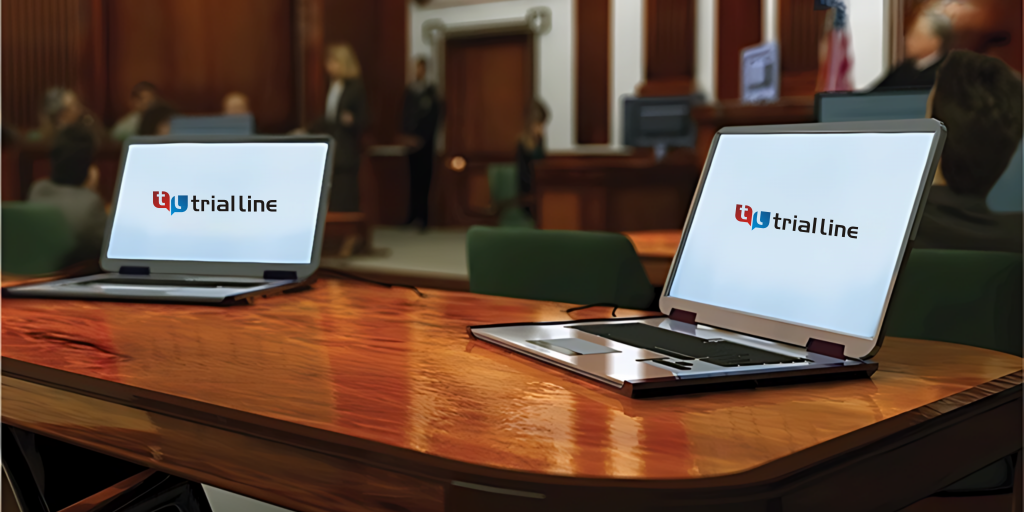The Impact of Trial Presentations in Securing Favorable Court Rulings
The Impact of Trial Presentations in Securing Favorable Court Rulings
Blog Article
The Power of Visuals in Trial Presentations for a Winning Disagreement
The integration of visuals in trial discussions has actually emerged as an essential element in successfully communicating complicated debates to jurors. By utilizing different types of aesthetic aids-- be it diagrams, photos, or computer animations-- lawyers can boost understanding and retention, ultimately shaping the court's assumption of the situation. This technique not just clears up detailed narratives but likewise develops a psychological vibration that can influence decision-making. As we explore the nuances of this method, it comes to be important to think about exactly how certain sorts of visuals can make a significant difference in trial outcomes. What useful methods might lawyers utilize to optimize this capacity?
Relevance of Visuals in Tests
In lots of lawful settings, visuals play an essential role in enhancing the performance of test discussions. The combination of visual elements can dramatically influence jurors' understanding and retention of complicated info, therefore shaping their perceptions and choices. Visuals, such as charts, diagrams, and pictures, can streamline intricate stories, making them a lot more easily accessible and compelling.
Moreover, the human mind processes aesthetic info much more efficiently than message, which highlights the importance of including visuals into lawful disagreements. By translating thick legal principles into aesthetic styles, attorneys can assist in clearer interaction, guaranteeing that key factors are not overlooked throughout trials.
Furthermore, visuals serve to involve jurors on an emotional level, fostering a connection to the instance that words alone may fall short to accomplish. The critical use of visuals can stimulate empathy, triggering jurors to consider the human elements of the instance.
Eventually, the relevance of visuals in trials exists in their ability to improve quality, improve juror interaction, and enhance the narrative being offered. This potent combination is crucial for crafting persuasive disagreements that reverberate with jurors and influence the result of lawful proceedings.
Types of Visuals to Make Use Of
Reliable trial presentations can substantially take advantage of a variety of aesthetic devices that deal with different elements of the situation. trial presentations. Making use of diagrams and charts can successfully damage down intricate information, making it much more digestible for jurors. For example, flowcharts can highlight the sequence of events, while bar chart may succinctly compare appropriate information factors.

Animations and simulations can additionally play an essential role, especially in situations entailing technological data or complex circumstances. These visuals can dynamically stand for processes or activities, giving clarity and interaction that static pictures may not attain.
Moreover, infographics integrate message and visuals to sum up crucial information successfully. They can provide timelines, stats, and considerable situation points in a visually attractive way, making it much easier for jurors to comply with the disagreement.
Enhancing Comprehension and Retention

Enhancing comprehension and retention throughout test presentations is important for guaranteeing that jurors understand the essential elements of an instance. Aesthetic aids act as effective tools hereof, converting intricate info into conveniently digestible formats. By making use of graphes, diagrams, and infographics, lawyers can simplify intricate information and highlight key factors that may or else be ignored.
Research studies have actually revealed that individuals preserve info significantly much better when it is presented aesthetically. This is especially relevant in a test setting, where jurors might be overwhelmed by the quantity of evidence and testament. By strategically including visuals, attorneys can route jurors' attention to one of the most crucial facets of the situation, reinforcing their understanding and memory of the material offered.

Producing Involving Presentations
Captivating jurors' interest during trial discussions is vital for conveying an engaging narrative. Engaging discussions take advantage of aesthetic elements to develop a memorable experience that reverberates with jurors. The strategic use graphics, computer animations, and videos can clarify complex info, making it more easily accessible and relatable.

Additionally, including storytelling strategies can improve involvement. Providing proof in a rational series that develops psychological appeal permits jurors to get in touch with the product on a personal degree. Numerous presentation layouts, such as incorporating brief video clips or interactive aspects, can additionally suffer passion and attention throughout the test.
Inevitably, an appealing discussion fosters a much more extensive understanding of the case, allowing jurors to much better appreciate the arguments existing and leading to a much more desirable outcome.
Study and Success Stories
Many instance studies highlight the considerable influence of visuals in test presentations, this page demonstrating their capability to affect juror understandings and inevitably the results of instances. As an example, a notable instance including an accident case highlighted how the use of a 3D animation of the mishap scene cleared up intricate information. Jurors reported feeling more educated and compassionate, substantially persuading their choice for the plaintiff.
In one more instance, a corporate litigation case made use of infographics to existing economic information and timelines, making complex info easily accessible. The visual representation enabled jurors to grasp the subtleties of the instance better than spoken explanations alone. trial presentations. Therefore, the court returned a judgment that surpassed the client's expectations
In addition, a criminal protection situation employed pictures and video clip evidence to establish an alibi. The engaging visuals not only helped in creating uncertainty however also reverberated mentally with jurors, resulting in an acquittal. These success tales highlight the necessity of incorporating visuals into test discussions, as they enhance understanding, retention, and inevitably, the convincing power of legal debates. The tactical use of visuals is indisputably changing the landscape of trial campaigning for.
Final Thought
In conclusion, the calculated unification of visuals in test presentations considerably improves jurors' understanding and retention of intricate details. Engaging presentations, supported by compelling situation research studies, show the extensive influence that visuals can have on influential interaction.
Report this page